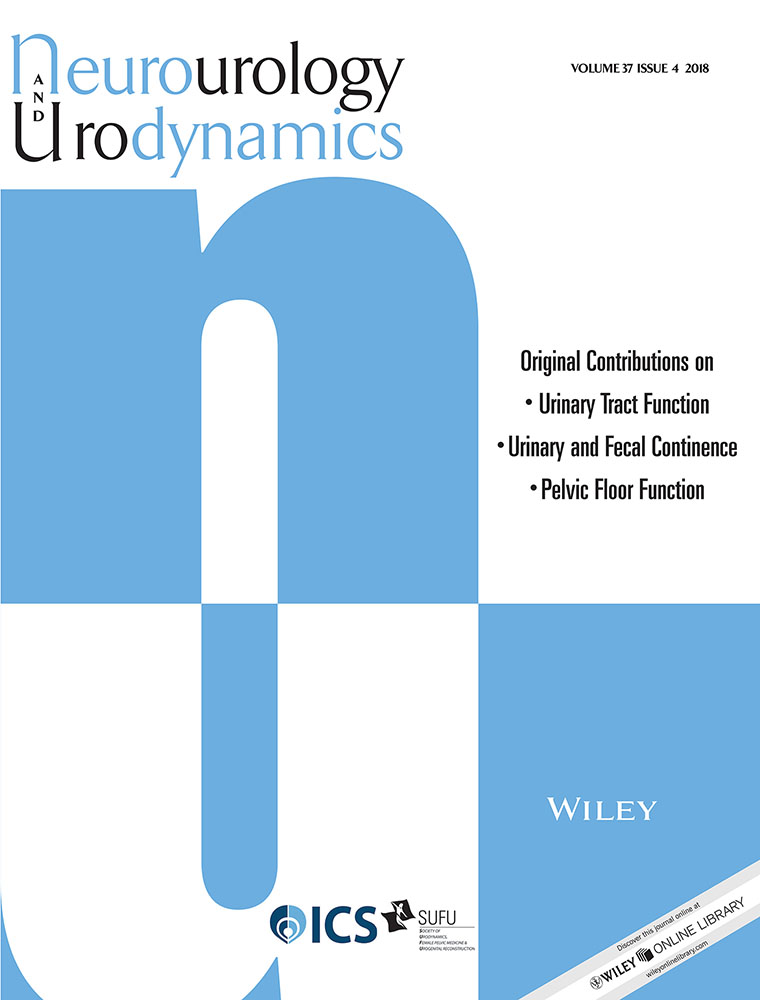Urinary incontinence in pregnant adolescents: A case series
Abstract
Aims
Determine the severity of urinary incontinence (UI) and its effect on the quality of life (QoL) of pregnant adolescents, as well as explore the strategies used to manage UI and the reporting/investigation of this condition by healthcare professionals.
Methods
A case series was conducted in three Brazilian public hospitals that offer prenatal care. Inclusion criteria were: age between 10 and 19 years, gestational age of 27 weeks or more, and reported UI in the third trimester of pregnancy. All volunteers responded to the Incontinence Severity Index (to assess severity of UI) and the International Consultation on Incontinence Questionnaire for Urinary Incontinence—Short Form (to evaluate the effect of UI on QoL). A descriptive analysis of data were done.
Results
A total of 329 incontinent pregnant adolescents with mean age of 17.09 years (95%CI 16.92-17.26), who reported voiding urgency (72.0%), increased daytime urinary frequency (75.1%), nocturia (96.7%), and mixed UI (44.1%) were included in the study. UI was considered moderate to severe (79.3%) and had a moderate effect on QoL (mean 9.84; 95%CI 9.40-10.28). The volunteers used UI management strategies (66.6%), with bladder emptying prior to activities (56.8%) and the use of sanitary pads (29.5%) most frequently reported. UI is not disclosed voluntarily (89.1%) or explored by healthcare professionals (91.2%).
Conclusion
UI can be moderate to severe and has a moderate effect on QoL in incontinent pregnant adolescents, who use strategies to manage this condition. Healthcare professionals do not identify this urinary symptom during prenatal care.




